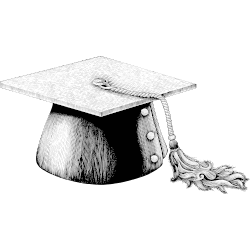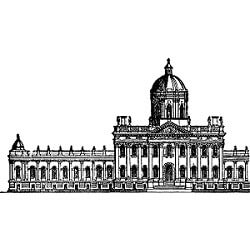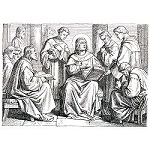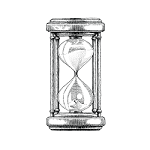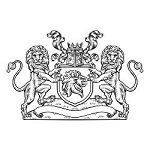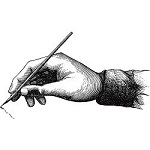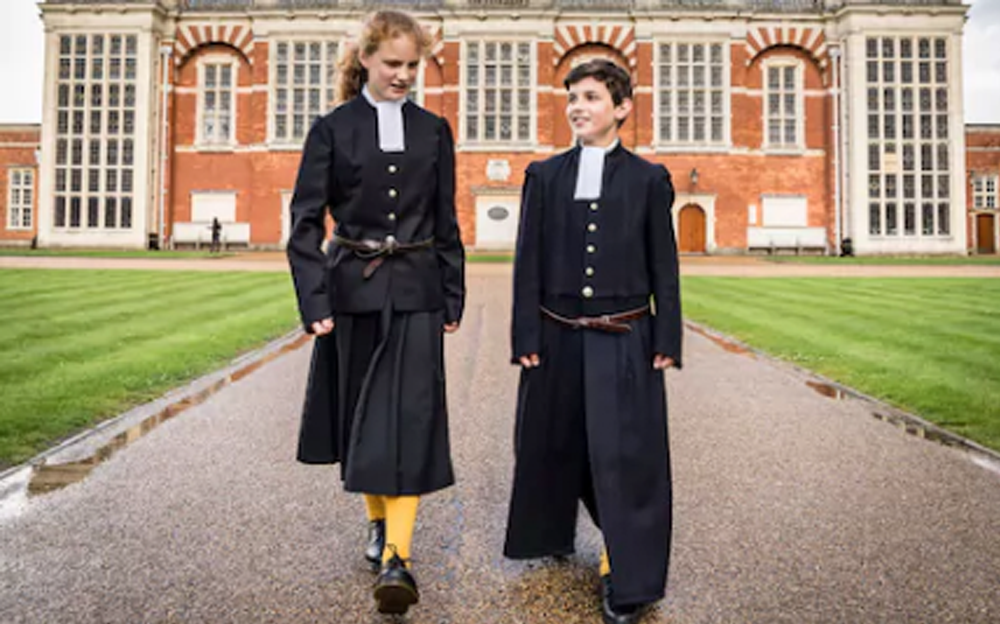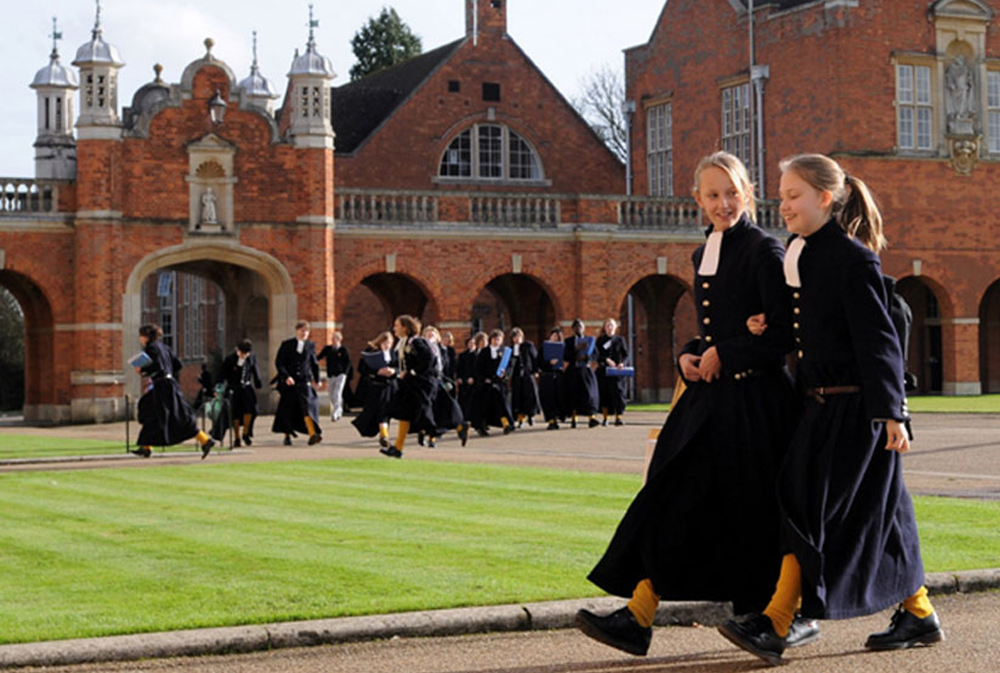As you read and get immersed in our guides you may be left scratching your head about some of the terms used to describe the difference between several types of school. At a glance, this guide and others will set you straight:
- 1. Public Schools:
Historically, the most exclusive and expensive private (mainly boarding) schools for boys, e.g. Eton, Harrow and Winchester. Formerly the realm of the upper classes, who are now (with fees topping 30K) joined by offspring of moneyed entrepreneurs, business people and internationals. Now often co-ed, attended by boys and girls aged 13 to 18. Today, a public school must be a member of the Headmasters’ and Headmistresses’ Conference, and there are now 289 public schools in the UK. - 2. Independent / Private Schools:
Essentially the same thing, ranging from grand public schools and highly selective day schools to tiny local ones and everything in between. The common denominator is that they have no state funding but rely on tuition fees, gifts and endowments. - 3. Boarding schools:
Schools with facilities for pupils to have a home from home on a termly, weekly or flexible basis, often offering superb facilities and a multitude of extracurricular activities. NB most now include a large proportion of day pupils. - 4. State Schools:
Known as public schools in other countries, as they are free to the public. - 5. Prep & Pre-Prep Schools:
Preparatory/Pre-preparatory schools are essentially independent primary schools for children aged 3 to 7/8 (pre-preps), or aged 7 to 11/13 (preps). They prepare pupils for entry to mainly independent secondary schools of all types.
About This Site
This may be a good place to introduce yourself and your site or include some credits.
